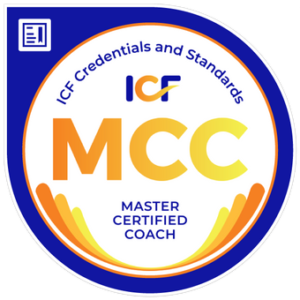
Do you ever wonder if you are genuinely a strengths-based leader? Are you leading your team to go from raw to refined? In his book Strengths-based Leadership, Tom Rath tells us, “The most effective leaders are always investing in strengths.” If you ask most people what it means to be a strengths-based leader, they will usually respond with something about themselves that they need to be leading out of their strengths. Not that that is wrong, but there is more to it than that.
It is great to be self-aware, know who you are, and what you value. To invest in your strengths for a clear leadership purpose and learn how to engage and influence others to follow you. But if all your efforts are focused on you, you are missing a large part of the story.
If it is all about you and your strengths, then you are a good manager if you work on those and figure out your strengths and apply them. But after facilitating over 27,000 coaching sessions and working with hundreds of managers, I have discovered that the best managers not only know their strengths but look beyond those to the strengths of others. They take the time to discover the people’s strengths on their team and then create a culture where those team members can thrive using their strengths daily.
This investment into your team members’ strengths and creating opportunities for them to shine is the other part of your story. This part of the story will develop a culture of engagement and contentment for you and your team.
How do you create the right role fit? I could list a bunch of features and benefits, but instead, how about I tell you a story?
In 2014, the Triad Group, an injection molding and machine company, faced runaway turnover caused by a series of leadership changes, a lack of strategic direction, and poor communication with the production teams.
At this point, company owners Russ and Nancy took on the role of Strengths Champions. They began a sustained effort to turn the company around by creating a strengths-based organization and reengaging managers and employees.
Russ and Nancy used about every tool in the book.
First, they gave each employee the StrengthsFinder assessment and issued jerseys with the employee’s top strengths stitched in bold letters on the back. They then developed a six-week training and coaching program for all employees, handed out strengths calendars to help their people focus on their strengths every day, and created a bucket wall to remind everyone the power of strengths in promoting positive interactions. Russ and Nancy even posted team strengths grids on the shop walls to show off the diverse talents of each team.
Russ and Nancy did other things, but what’s most important are the results they achieved.
- Monthly turnover fell from 85 percent to 8 percent.
- Scrap rate dropped from 35 percent to 1 percent.
- Productivity jumped by 200 percent.
And finally, profitability increased by 233 percent.
There’s no question that throughout this process, Russ and Nancy transformed from average leaders to two of the world’s greatest leaders. Their work as Strengths Champions empowered their team to build a deeper connection with the company, increasing morale, accountability, productivity, and more.
As you begin, like Russ and Nancy, to discover what your employees do best, begin to understand what motivates them, when you understand that you will know what they’re naturally drawn to do at work every day. Ask questions that will give you insight into them, who knows, and you might be surprised by the answers.
You may find other motivations that you had never thought of because of the differences in your strengths. It is these differences that you can leverage to build a Dream Team.
How can you be like Russ and Nancy and step up and be a strengths-based leader? If you and your team have taken the StrengthsFinder assessment before, take a look at each of your team members’ Top 5 Strengths. If not, make sure you do the assessment with your team.
Think about their job performance. How do you see his/her strengths coming out at work every day? How can you create a job that will be tailored toward those strengths?
Have a conversation with your team members about what they enjoy about their job. Your ability to listen well is key to unlocking your team’s potential and leading them to use their strengths every day on the job. Remember, these “naturally recurring patterns of thought, feeling, and behavior that can be productively applied” are the clues to our most significant value-add to the team.
Do you want more information on how Russ and Nancy created their dream team? Would you like to increase your profitability by 233 percent? Schedule a free Ask Brent Anything to talk with me if you have questions about doing this. Do you have great things going on with your team? Let’s talk about them in the comments below.





